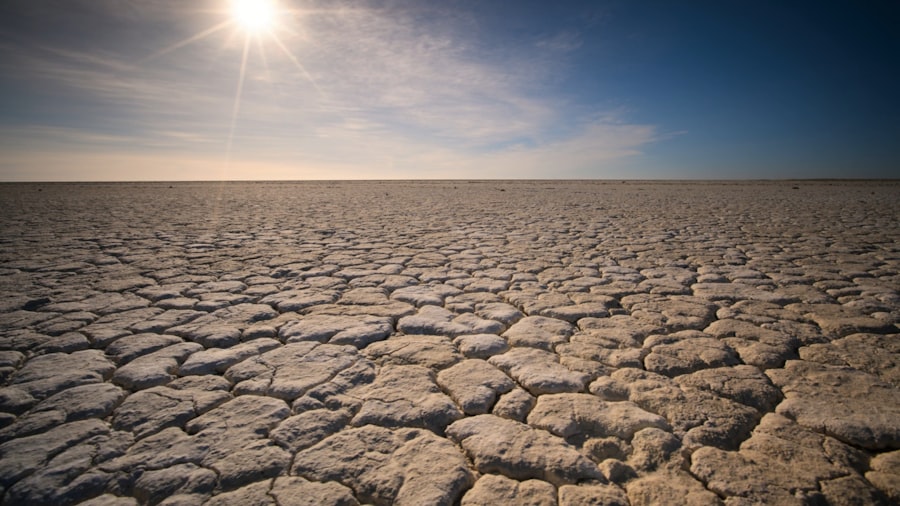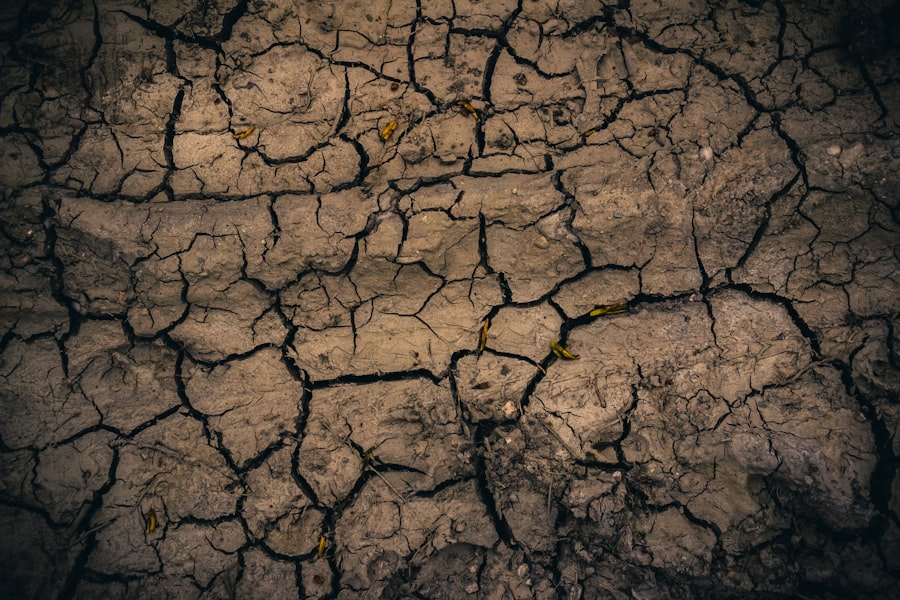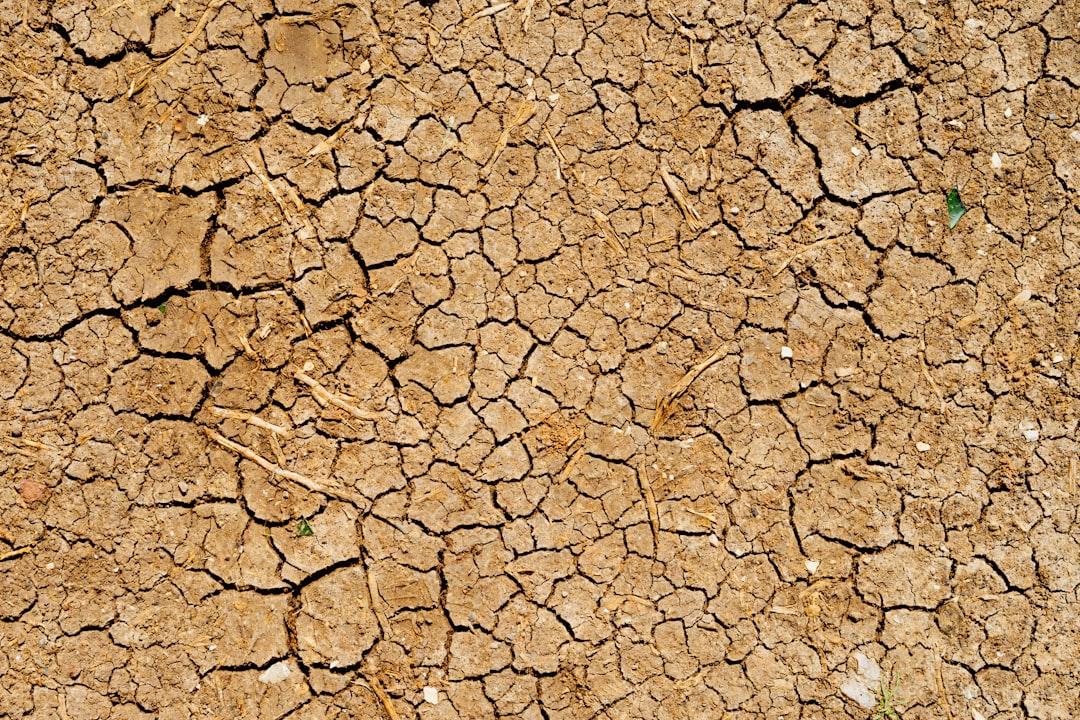New York City, a bustling metropolis known for its iconic skyline and vibrant culture, faces significant challenges due to climate change. Rising sea levels, increased frequency of extreme weather events, and shifting temperature patterns threaten the very fabric of urban life. The city’s geographical location, situated at the confluence of the Hudson River and the Atlantic Ocean, makes it particularly vulnerable to flooding and storm surges.
Historical data indicates that the average sea level around New York has risen by approximately one foot since 1900, with projections suggesting an increase of up to six feet by the end of the century if current trends continue. This alarming reality necessitates a comprehensive understanding of how climate change impacts not only the physical environment but also the social and economic structures within the city. Moreover, the effects of climate change are not uniformly distributed across the city’s diverse neighborhoods.
Low-income communities and communities of color often bear the brunt of these environmental changes, facing heightened risks due to inadequate infrastructure and limited resources for adaptation. Heatwaves, for instance, disproportionately affect vulnerable populations who may lack access to air conditioning or safe public spaces. The interplay between climate change and social equity highlights the urgent need for targeted interventions that address both environmental sustainability and social justice.
As New York City grapples with these challenges, it becomes increasingly clear that a multifaceted approach is essential to mitigate the impacts of climate change and foster resilience among its residents.
Key Takeaways
- Climate change is impacting NYC with rising sea levels, increased temperatures, and more frequent extreme weather events.
- Resilient infrastructure is crucial for withstanding the impacts of climate change, including flooding and extreme heat.
- Coastal protection measures such as seawalls and dune restoration can help mitigate the effects of sea level rise and storm surges.
- Green infrastructure, such as green roofs and permeable pavement, can help manage stormwater and reduce urban heat island effects.
- Energy efficiency and renewable energy initiatives are key to reducing greenhouse gas emissions and building a more sustainable city.
Building Resilient Infrastructure
To combat the threats posed by climate change, New York City must prioritize the development of resilient infrastructure that can withstand extreme weather events and adapt to changing environmental conditions. This involves not only upgrading existing systems but also reimagining how urban infrastructure is designed and constructed. For instance, transportation networks, bridges, and tunnels must be fortified against flooding and storm surges, ensuring that they remain operational during adverse weather conditions.
The city has begun to invest in elevating critical infrastructure and incorporating innovative materials that can better withstand the elements. In addition to physical upgrades, resilient infrastructure also encompasses smart technology integration. By utilizing data analytics and real-time monitoring systems, city planners can enhance their ability to respond to emergencies and manage resources more effectively.
For example, smart sensors can provide early warnings for flooding or other hazards, allowing for timely evacuations and resource allocation. This proactive approach not only protects lives but also minimizes economic disruptions caused by climate-related incidents. Ultimately, building resilient infrastructure is a crucial step toward safeguarding New York City’s future in the face of climate change.
Enhancing Coastal Protection

Given its extensive coastline, enhancing coastal protection is paramount for New York City as it confronts rising sea levels and increased storm intensity. The city has initiated several projects aimed at fortifying its waterfronts and creating barriers against potential flooding.
Such measures are essential not only for protecting infrastructure but also for preserving the livelihoods of residents who depend on coastal resources. In addition to traditional engineering solutions, New York City is exploring nature-based approaches to coastal protection. Initiatives such as restoring wetlands and creating living shorelines can provide natural buffers against storm surges while enhancing biodiversity and improving water quality.
These green solutions offer a dual benefit: they protect urban areas from flooding while also contributing to ecological health. By integrating both hard and soft engineering strategies, New York City can create a more resilient coastal landscape that adapts to the realities of climate change while fostering sustainable development.
Implementing Green Infrastructure
| Metrics | Data |
|---|---|
| Green space coverage | 20% |
| Number of green roofs installed | 50 |
| Percentage of stormwater managed by green infrastructure | 30% |
| Reduction in urban heat island effect | 5 degrees |
The implementation of green infrastructure represents a transformative approach to managing stormwater and enhancing urban resilience in New York City. Green roofs, permeable pavements, and urban forests are just a few examples of how cities can harness natural processes to mitigate flooding and improve air quality. By allowing rainwater to infiltrate into the ground rather than overwhelming drainage systems, green infrastructure reduces the risk of sewer overflows during heavy rainfall events.
This not only protects water quality but also alleviates pressure on aging infrastructure. Furthermore, green infrastructure contributes to urban cooling, which is increasingly important as heatwaves become more frequent due to climate change. Vegetation helps lower ambient temperatures through evapotranspiration, creating more comfortable living conditions for residents.
In neighborhoods that lack sufficient green spaces, implementing these solutions can significantly enhance quality of life while simultaneously addressing environmental challenges. As New York City continues to expand its green infrastructure initiatives, it sets a precedent for other urban areas grappling with similar climate-related issues.
Promoting Energy Efficiency and Renewable Energy
Transitioning to energy efficiency and renewable energy sources is critical for New York City’s climate resilience strategy.
Promoting energy efficiency in buildings—one of the largest contributors to emissions—can significantly reduce overall energy demand.
Initiatives such as retrofitting existing structures with energy-efficient technologies and implementing stringent building codes are essential steps toward achieving these targets. In parallel with energy efficiency efforts, New York City is investing in renewable energy sources such as solar and wind power. By harnessing these clean energy alternatives, the city can reduce its reliance on fossil fuels while creating jobs in emerging industries.
Community solar programs are particularly noteworthy as they allow residents who may not have access to rooftop solar installations to benefit from renewable energy initiatives. This inclusive approach not only promotes sustainability but also fosters economic equity by ensuring that all residents can participate in the transition toward a greener future.
Improving Urban Planning and Land Use

Effective urban planning and land use strategies are vital components of New York City’s climate resilience framework. As the city continues to grow, it must prioritize sustainable development practices that minimize environmental impact while accommodating population increases. Zoning regulations can be adjusted to promote mixed-use developments that reduce reliance on automobiles and encourage public transportation use.
By creating walkable neighborhoods with access to essential services, urban planners can enhance community resilience while reducing carbon footprints. Additionally, integrating climate considerations into land use planning is essential for protecting vulnerable areas from development pressures. Identifying flood-prone zones and restricting high-density construction in these regions can mitigate risks associated with climate change.
Furthermore, promoting green spaces within urban environments not only enhances aesthetics but also provides critical ecosystem services such as carbon sequestration and habitat preservation. By adopting a holistic approach to urban planning that prioritizes sustainability and resilience, New York City can create a more livable environment for future generations.
Enhancing Community Engagement and Education
Community engagement plays a pivotal role in fostering resilience against climate change in New York City. Educating residents about the risks associated with climate change empowers them to take proactive measures in their own lives while advocating for necessary policy changes at the local level. Initiatives such as workshops, public forums, and educational campaigns can raise awareness about climate impacts and promote sustainable practices within neighborhoods.
Moreover, involving community members in decision-making processes ensures that diverse perspectives are considered when developing climate adaptation strategies. Local knowledge can provide valuable insights into specific vulnerabilities faced by different neighborhoods, leading to more effective solutions tailored to unique circumstances. By fostering a sense of ownership among residents regarding their environment, New York City can cultivate a culture of resilience that extends beyond individual actions to encompass collective community efforts.
Developing Climate-Resilient Buildings
The construction of climate-resilient buildings is essential for safeguarding New York City’s infrastructure against the impacts of climate change. This involves designing structures that can withstand extreme weather events while minimizing their environmental footprint. Incorporating features such as elevated foundations, flood-resistant materials, and energy-efficient systems can significantly enhance a building’s resilience to flooding and heatwaves.
In addition to new constructions, retrofitting existing buildings is equally important in adapting to changing conditions. Upgrading heating and cooling systems, improving insulation, and installing renewable energy technologies can transform older structures into models of sustainability. Furthermore, implementing green building certifications such as LEED (Leadership in Energy and Environmental Design) encourages developers to prioritize environmentally friendly practices throughout the construction process.
By prioritizing climate-resilient building practices, New York City can ensure that its architectural landscape remains robust in the face of future challenges.
Integrating Climate Adaptation into City Policies and Plans
For New York City to effectively address climate change, it must integrate adaptation strategies into all levels of city policies and plans. This requires collaboration across various sectors—including transportation, housing, public health, and economic development—to ensure that climate considerations are embedded in decision-making processes. By adopting a comprehensive approach that prioritizes resilience across all aspects of urban life, the city can create a cohesive framework for addressing climate challenges.
Moreover, establishing clear metrics for evaluating progress toward climate adaptation goals is essential for accountability and transparency. Regular assessments can help identify areas where additional resources or interventions are needed while celebrating successes achieved along the way. By fostering a culture of continuous improvement within city governance structures, New York City can remain agile in its response to evolving climate threats while ensuring that its policies reflect the needs of its diverse population.
Creating Climate-Resilient Transportation Systems
Transportation systems are critical components of urban infrastructure that must be designed with climate resilience in mind. In New York City, where public transit serves millions daily, ensuring that these systems remain operational during extreme weather events is paramount. This involves investing in flood-proofing measures for subway stations and bus depots while enhancing overall system reliability through improved maintenance practices.
Additionally, promoting alternative modes of transportation—such as cycling and walking—can reduce reliance on fossil fuel-powered vehicles while improving public health outcomes. Expanding bike lanes and pedestrian pathways not only encourages sustainable commuting options but also fosters community connectivity. By prioritizing climate-resilient transportation systems that accommodate diverse mobility needs, New York City can enhance its overall resilience while promoting sustainable urban living.
Investing in Climate-Resilient Economic Development
Finally, investing in climate-resilient economic development is crucial for ensuring long-term sustainability in New York City’s economy. As industries adapt to changing environmental conditions, there is an opportunity for growth in sectors focused on sustainability—such as renewable energy technology, green construction, and environmental services. By supporting businesses that prioritize resilience through grants or incentives, the city can stimulate job creation while addressing pressing environmental challenges.
Furthermore, fostering partnerships between government agencies, private enterprises, and community organizations can drive innovation in climate adaptation strategies. Collaborative initiatives that leverage diverse expertise can lead to creative solutions tailored to local needs while promoting economic equity across neighborhoods. By prioritizing investments in climate-resilient economic development, New York City can build a robust economy capable of thriving amidst the uncertainties posed by climate change.
In conclusion, addressing the multifaceted challenges posed by climate change requires a comprehensive approach that encompasses various strategies—from enhancing infrastructure resilience to promoting community engagement and education. As New York City navigates this complex landscape, it has the opportunity to emerge as a leader in sustainable urban development while safeguarding its residents’ well-being for generations to come.
In recent years, New York City has been at the forefront of implementing climate adaptation strategies to combat the adverse effects of climate change. These strategies include enhancing green infrastructure, improving stormwater management, and fortifying coastal defenses. A related article that delves into the broader context of these efforts can be found on MyGeoQuest, which provides insights into various environmental initiatives and their impacts. For more detailed information, you can explore the article by visiting this link. This resource offers a comprehensive overview of how cities like NYC are adapting to the challenges posed by a changing climate.
WATCH THIS! The Real Cost of NYC Living: Your Wallet, Sanity, and Subway Survival Skills
FAQs
What are climate adaptation strategies?
Climate adaptation strategies are actions and measures taken to adjust to the impacts of climate change. These strategies aim to reduce vulnerability and build resilience to the changing climate conditions.
Why are climate adaptation strategies important for NYC?
New York City is vulnerable to the impacts of climate change, including sea level rise, extreme weather events, and heat waves. Climate adaptation strategies are important for NYC to protect infrastructure, public health, and the economy from these impacts.
What are some climate adaptation strategies implemented in NYC?
Some climate adaptation strategies implemented in NYC include the construction of coastal protection infrastructure, such as seawalls and flood barriers, the development of green infrastructure to manage stormwater, and the promotion of energy efficiency and renewable energy sources.
How does NYC incorporate climate adaptation into urban planning?
NYC incorporates climate adaptation into urban planning through initiatives such as the Climate Resiliency Design Guidelines, which provide guidance for incorporating climate resilience into the design and construction of city infrastructure and buildings.
What are the challenges in implementing climate adaptation strategies in NYC?
Challenges in implementing climate adaptation strategies in NYC include the high cost of infrastructure projects, the need for coordination among various government agencies and stakeholders, and the potential displacement of vulnerable communities due to adaptation measures.
